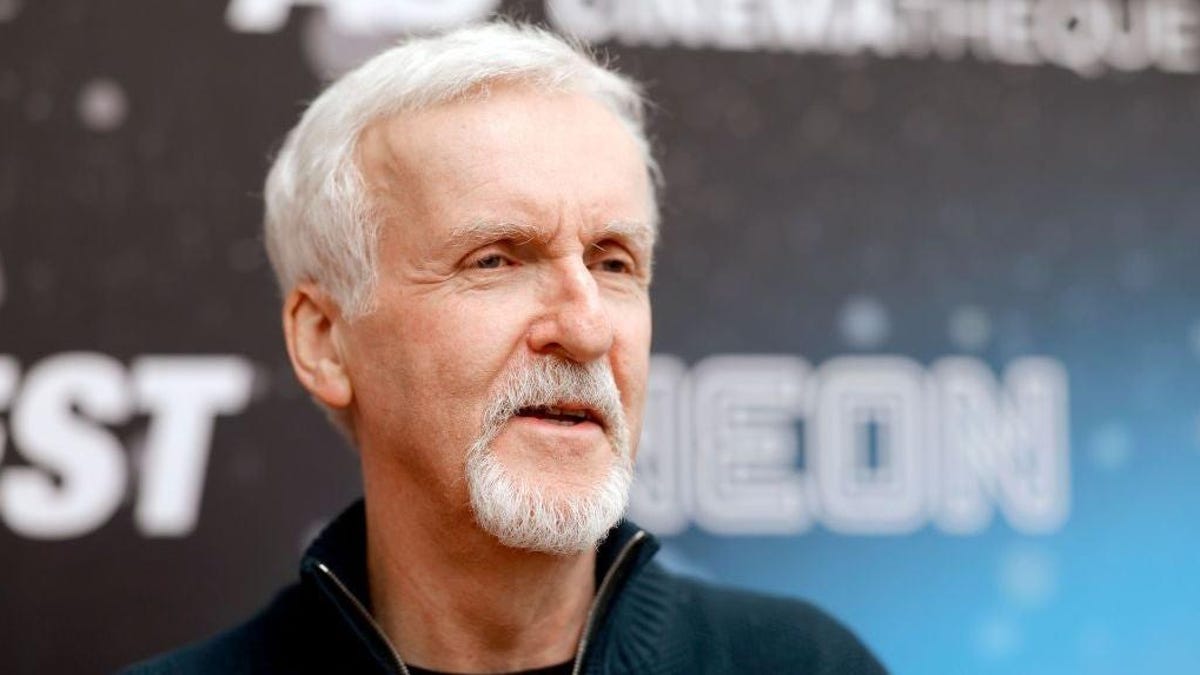Whether it’s sinking the Titanic, inventing new technology to make Avatar, or making VFX history with Terminator 2, filmmaking is never easy for James Cameron. Almost every film he makes raises the bar in some way, usually with wildly successful results. And yet, when that happens no one making the movie is ever really in danger—except for Cameron himself on his third film, The Abyss, which at the time was his most ambitious.
Cameron appeared at Beyond Fest in Los Angeles, CA Wednesday after a screening of The Abyss: Special Edition and spoke about how the film set a new standard for underwater filmmaking. Actors did intense dive training before filming so they’d be able to act underwater, and each actor was assigned a safety diver to watch them while they were performing. But, Cameron explained, there weren’t divers watching him and it almost killed the man destined to become one of our most prolific and successful directors.
“Yeah, it was a close one,” Cameron said. “Because we were working 30 feet down. For me to be able to move the camera around on the bottom I wore heavy weights around my feet, no fins, a heavy weight belt around my waist … and when the tank gets low, you get a few hard drops—you’ve got a little bit of a warning that you’re about to run out of air. Well, this thing had a piston servo regulator in it, so it was one breath… and then nothing. Nothing. And I’m in a helmet, heavily weighted, standing on the bottom at 33 feet [deep] in the dark.”
“Everybody’s setting lights and Mary Elizabeth [Mastrantonio] was watching me. I’m trying to get [cinematographer] Al Giddings’ attention on the PA. But Al Giddings had been involved in a diving accident … and he blew out both eardrums so the guy was deaf as a post, and I’m wasting my last breath of air on an underwater PA system going ‘Al… Al…’ and he’s working away with his back to me. So I’m like ‘Ah fuck.’”
“So I had to bail out, get all of my gear off, and I’m wearing heavy weights, I can’t swim up and I can’t get the weights off because you can’t see anything once you take the helmet off. So I’m kicking to the surface and the safety diver gets to me about 10 feet from the surface and sticks a regulator in my mouth that he didn’t check. It had been banging around the bottom of the tank for three weeks and had a big rip through the center of the diaphragm—so I purged carefully and took a deep breath… of water. And then I purged it again… and I took another deep breath… of water.”
“At that point, it was almost check out time and the safety divers are taught to hold you down so you don’t embolize and let your lungs overexpand going up if you’re holding your breath… but I knew what I was doing. And he wouldn’t let me go, and I had no way to tell him the regulator wasn’t working. So I punched him in the face and swam to the surface. And therefore survived.”
Yup. James Cameron had to punch a fellow crew member in order to save his own life. You can watch him talk about that at this link and this link.
That sure puts a new spin on the difficulties of making the film, but of course it all worked out. Though The Abyss wasn’t a smash hit upon release, grossing only $90 million worldwide, its landmark visual effects scenes guided Cameron, and Hollywood, to take the next step in VFX: the T-1000 in Terminator 2: Judgment Day. And that one was a big hit.
As for The Abyss, the film still absolutely rules, telling an epic, fantastic, stunning story. One that, according to Cameron, may finally make its 4K release soon. “All of the mastering is done and I think it drops pretty soon–a couple of months or something like that,” Cameron said at the event. “There’s a lot of added material that they’re sticking in there, and it will be available on streaming simultaneously. But I didn’t just want to look at the old HD transfer. I wanted to do it right.”
Want more io9 news? Check out when to expect the latest Marvel, Star Wars, and Star Trek releases, what’s next for the DC Universe on film and TV, and everything you need to know about the future of Doctor Who.







